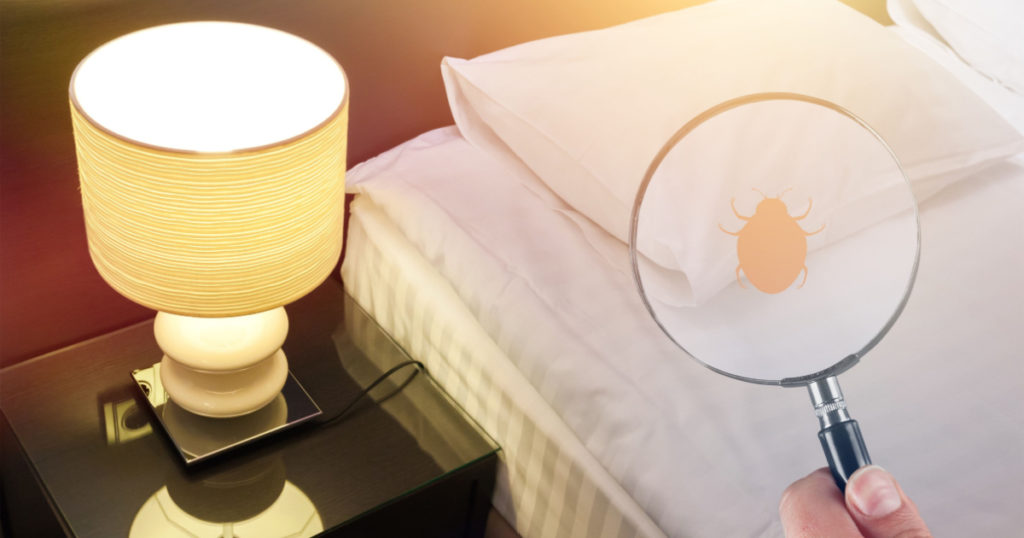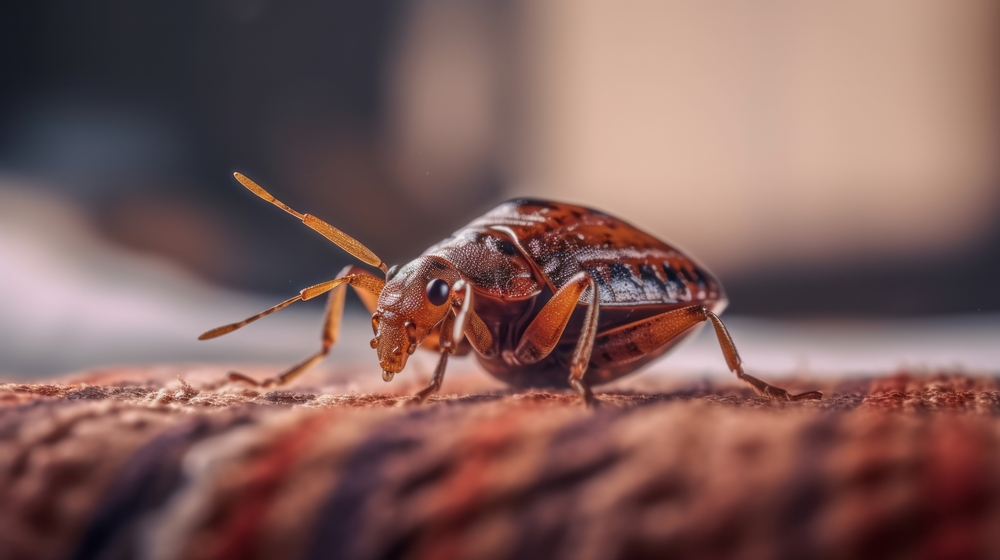Here’s Why You Should Put Your Luggage in the Bathtub

When you arrive at a hotel, you’re probably thinking about checking out the room’s security and cleanliness, maybe even the pool or gym. But there’s one simple step you should take first that can save you a lot of trouble: put your luggage in the bathtub. It might sound strange, but this simple trick can help protect you from a common and unsettling problem: bed bugs.
Now, before we go any further, be warned: the reason for this practice might make you a little uneasy. It’s about those tiny, unwelcome travelers that can turn a relaxing vacation into a nightmare.
The truth is, bed bugs don’t care how fancy your hotel is. They can infest even the most luxurious establishments. And these tiny pests are notorious hitchhikers, meaning they can easily travel from one place to another by clinging to luggage, clothing, or other belongings. So, keeping your suitcase in the bathroom, at least initially, is a smart way to keep it safe until you’ve had a chance to check your room.
Why the Bathroom?
Travel consultant and writer Marla Cimini, drawing on her experience in the hospitality industry, emphasizes the prevalence of bed bug infestations. She recommends that after stowing your luggage, you thoroughly inspect the mattress and bed. “Pull back the sheets from the corners and sides,” she advises, “to make sure there’s no trace of the bugs.” Don’t forget to check the headboard and drawers as well. Entomologist Katelyn Kesheimer agrees, highlighting the importance of this routine inspection.
But why the bathroom specifically? Kesheimer explains that bathrooms tend to be the least likely place to find bed bugs. This is because guests typically spend less time in the bathroom, and most surfaces are hard and non-porous, like tile and ceramic. Plus, items like bathmats and towels are usually cleaned regularly, which makes them less appealing to bed bugs.
Where Bed Bugs Like to Hide
Bed bugs prefer areas where people spend a lot of time, especially beds. Kesheimer points out that they need places to hide and easy access to a “blood meal.” When they’re not feeding, they seek out dark, flat spaces. They typically feed between 2 and 5 in the morning. So, in addition to mattresses, other common hiding spots include headboards, behind pictures, inside mattress creases and folds, couches, and even dressers and closets.
What to Do if You Suspect an Infestation
Bed bugs can easily hide in luggage – inside zippers, under tags, or even within folds and seams. Kesheimer suggests using your phone’s flashlight to carefully examine your luggage before you even start packing. Pay close attention to folds, zippers, tags, and any other concealed areas. It’s also a good idea to pack some large garbage bags. If you discover an infestation, you can seal your luggage in the bags to prevent the bed bugs from spreading until you get home and can deal with the problem.
Dealing with Bed Bugs at Home
Experts recommend unpacking your luggage as soon as you get home. Bed bugs will often stay hidden until they think it’s safe to come out. If you don’t clean your luggage right away, you risk infesting your closet and other areas of your home. High heat is a bed bug’s worst enemy. A 45-minute cycle in a hot dryer is usually enough to kill them. Cleaning your luggage is crucial because bed bugs can survive for over a year without feeding, meaning they’re always ready to infest your belongings.







